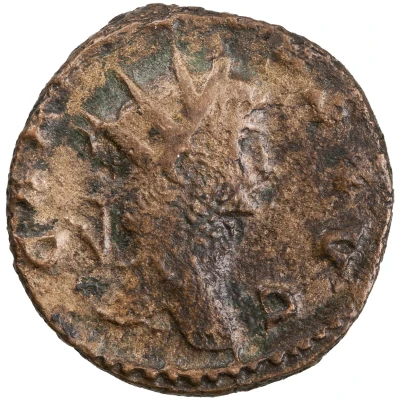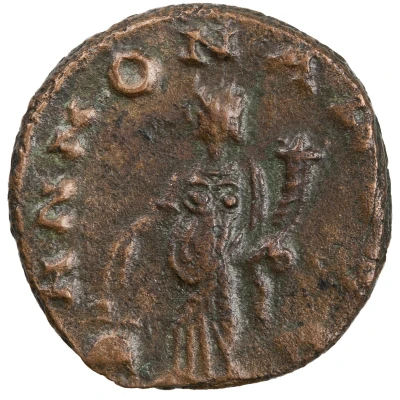Antoninianus - Gallienus CONSECRATIO
| Silver | - | - |
| Issuer | Rome › Roman Empire (27 BC - 395 AD) |
|---|---|
| Emperor | Gallienus (Publius Licinius Egnatius Gallienus) (253-268) |
| Type | Standard circulation coin |
| Years | 260-268 |
| Value | Antoninianus (1) |
| Currency | Antoninianus, Reform of Caracalla (AD 215 – 301) |
| Composition | Silver |
| Shape | Round (irregular) |
| Technique | Hammered |
| Demonetized | Yes |
| Updated | 2024-10-05 |
| Numista | N#288942 |
|---|---|
| Rarity index | 97% |
Reverse
Lighted altar or eagle.
Script: Latin
Lettering: CONSECRATIO
Translation:
Consecratio.
Consecration.
Comment
Source:Online Coins of the Roman Empire (OCRE)
Interesting fact
The Antoninianus, also known as the Gallienus, was a coin introduced by the Roman Emperor Gallienus in 260 AD, during a time of economic and political turmoil in the Roman Empire. It was made of silver, but its value was not based on the metal's intrinsic worth, but rather on the authority of the Roman state. This coin was used to pay soldiers and civil servants, and it remained in circulation until the late 3rd century AD. Despite its widespread use, the Antoninianus was not a popular coin among the Roman people, as it was seen as a symbol of the empire's economic troubles and the devaluation of its currency.

